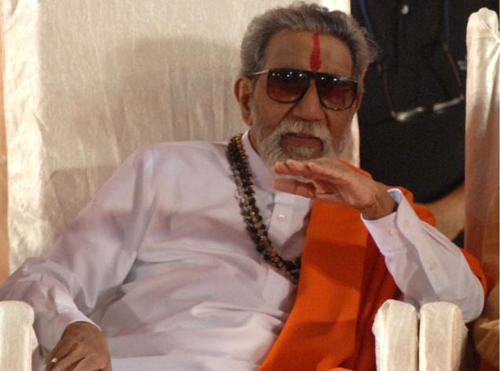New Delhi, Mar 11: Jyotiraditya Scindia, the Madhya Pradesh politician whose surprise exit from the Congress has brought the Kamal Nath government to the brink of collapse, joined the Bharatiya Janata Party on Wednesday. Scindia joined the BJP at an event in national capital Delhi in the presence of party chief JP Nadda.
Scindia, who was warmly welcomed by Nadda, described 10 March, the day that he exited from the Congress as one of the two life-changing days of his life. The first, he said, was 30 September 2001 when he lost his father. Scindia underscored that the Congress was not the party that it had been and had been living in denial.
Scindia had ended his 18-year-old association with the Congress on Tuesday after meetings with Home Minister Amit Shah and Prime Minister Narendra Modi.
Scindia’s exit from the Congress was followed by resignation letters by about 22 MLAs who had been sequestered in Karnataka. The resignation letters were, however, sent to the Governor and not the assembly speaker, and threatens to upend the Kamal Nath government which has a wafer-thin majority.
If the resignations are accepted, the effective strength of the MP assembly will come down to 206, leaving the Bharatiya Janata Party (BJP) with a slender majority beyond the halfway mark of 103 with its 107 MLAs. For now, the Congress is trying to persuade the MLAs to not pull down the state government.
In his resignation letter to Congress chief Sonia Gandhi that Scindia put out on Twitter soon after, he alluded to his discomfort in the party over the last year or so. “...as you well know, this is a path that has been drawing itself out over the last year,” he had written in his letter.
It was seen as a reference to the Congress settling for Kamal Nath as the chief minister after the 2018 state elections though it was Scindia who had led from the front to oust the BJP from Madhya Pradesh. Scindia’s supporters had hoped that the Congress would tell Kamal Nath to give up his second charge - as the party chief in the state - but this also didn’t happen.
The first hint that something was amiss came in November last year when Scindia removed a reference to the Congress in his Twitter bio and instead wrote “public servant and cricket enthusiast”. He had then explained the change to an effort to make the Twitter bio shorter.
Jyotyiraditya Scindia’s aunt Yashodhara Raje Scindia appeared to declare soon after that the 49-year-old would join the BJP when she welcomed his resignation, calling it “ghar wapsi” or homecoming. “Jyotiraditya was being neglected in Congress,” Yashodhara Raje Scindia said.
Scindia’s grandmother, Vijaya Raje Scindia, was one of the founders of the Jana Sangh, the precursor to the BJP. His aunt Vasundhara Raje is a former Union minister and ex-chief minister of Rajasthan and another aunt Yashodhara Raje is a former minister in the Madhya Pradesh cabinet.






Comments
Add new comment